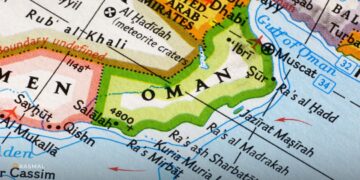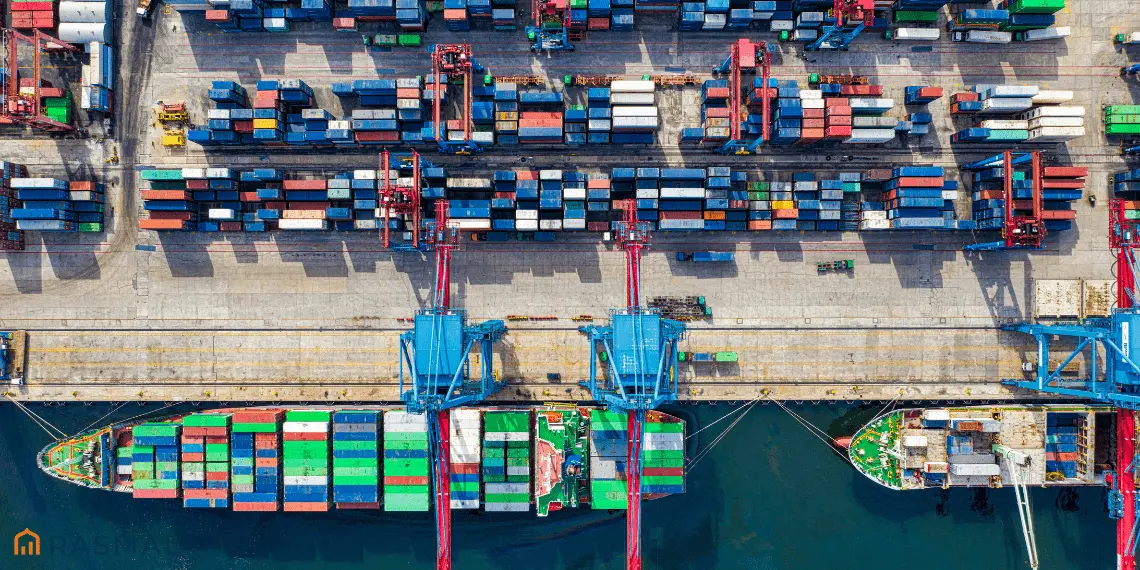- Saudi Arabia’s total trade volume increased 7% in October to $47.45 billion, despite declining oil exports. This demonstrates economic resilience.
- Non-oil exports and imports rose in October, driven by machinery, transport equipment, and chemicals. This shows progress in economic diversification.
- Top trade partners like China, Japan, India, and South Korea reflect Saudi Arabia’s balanced international relations and pivotal geographic position.
Saudi Arabia’s trade activity demonstrated continued economic resilience in October, according to new government data from the General Authority of Statistics (GASTAT). Total trade volume rose 7% to $47.45 billion compared to September, despite global headwinds.
While oil exports dipped 18.3% year-over-year, this was offset by steady growth in non-oil exports and imports. The numbers showcase Saudi Arabia’s ongoing economic diversification efforts and integration into global supply chains.
“Saudi Arabia continues to display economic vitality, even as many countries face significant challenges,” said Ali Al-Bayaa, an economist at King Fahd University. “The Kingdom is successfully pivoting its economy away from over-reliance on oil.”
Machinery and transport equipment led the growth in imports, climbing 21.8% from last October. This highlights the Kingdom’s rapid industrialization and infrastructure development. Investments in sectors like renewables, technology and defence manufacturing are bearing fruit.
“Saudi Arabia is rapidly becoming a major manufacturing hub and technology leader in the Middle East,” explained Al-Bayaa. “This benefits the Kingdom through job creation and reduced dependence on oil revenue.”
Chemicals and plastics still comprise over half of Saudi non-oil exports, though new industries are emerging. Exports of metals, agricultural products, and processed foods all saw double-digit percentage gains in October.
“Saudi Arabia is leveraging its unique geographic position and extensive resources to build a more modern, diversified economy,” said Fareed Al-Hurray, an exports specialist. “The numbers show steady progress, despite the challenging global environment.”
While oil income remains crucial, it now accounts for just 78.9% of Saudi exports, down from 79.7% a year ago. This shift reduces risks from oil price volatility.
Saudi Arabia’s most important trade partners highlight its balanced international relations. China topped the list at $5.2 billion in total exports, while Japan, India and South Korea also featured prominently.
The U.S. ranked fifth at $1.75 billion, partly driven by Saudi investments in American tech firms and energy infrastructure. The Kingdom’s Gulf neighbours including the UAE remained major destinations.
“Saudi Arabia is successfully executing its Vision 2030 economic transformation plan,” concluded Al-Bayaa. “Diversification efforts continue bearing fruit, and the Kingdom is less susceptible to external shocks. The long-term outlook remains positive.”
Follow us on Instagram, LinkedIn, and Twitter for startup & business news and inspiring stories of MENA businesses, entrepreneurs, startups, innovators, investors, and change-makers.
To report any issue or error in the story, please email us editor [at] rasmal [dot] com.
Last Updated on December 26, 2023 by Safiya K
























